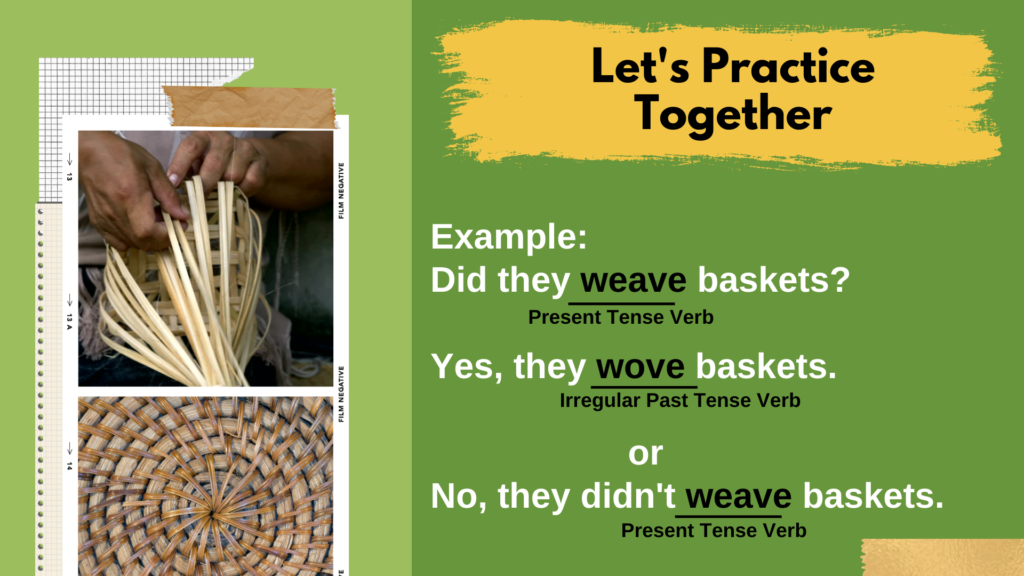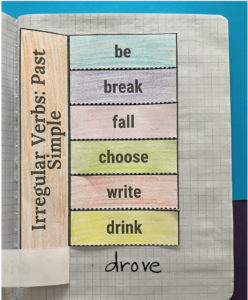Let’s be real, teaching ELD is a pain. If your school district is like mine, Designated ELD curriculum is offered within your reading program. My current reading program is Benchmark Advance.
While I love Benchmark Advance for its ELA curriculum, I’m not that thrilled about their Designated ELD. It isn’t structured to allow for many talking opportunities, which EL students desperately need. In my opinion, it’s not user-friendly and doesn’t have enough substance to teach a full 30 minute lesson.
So what does a teacher do? Well, like most educators, I have created my own lessons and materials to fill in the gaps. But before we dive into that, let’s talk more about the ins and outs of Designated ELD.
What is Designated ELD?
According to the California Department of Education, Designated ELD (English Language Development) is “instruction provided during a time during the regular school day for focused instruction on state-adopted ELD standards to assist English learners (EL) to develop critical English language skills necessary for academic content.”
For teachers, the words Designated ELD, is just another area of instruction where we have to come up with our own curriculum. In my school district, we are required to teach 30 minutes daily of ELD through our reading program.
Another challenge is when you have a handful of EL students. Most of my classrooms will have a combination of students who are English Only (EO) or RFEP (Redesignated Fluent English Proficient). RFEP students are those who were English Learners but have met the criteria to be considered fluent English proficient.
So what do you do with the English Only (EO) or RFEP students during designated ELD instruction? Ideally you would work with your ELs in a small group, but most of the time one third of your class are ELs who are at different proficiency levels and a small group is impossible to maintain.
First of all, teaching a small group for 30 minutes is too long. Most students have an attention span to focus in a small group for about 20 minutes. Second, giving your other students who don’t need ELD independent work for 30 minutes isn’t always easy because they usually need help while you are working with your ELs or they are very chatty.
Another solution would be to exchange students who are at the same proficiency level with other teachers. This of course is ideal, but a logistical challenge! Why? Where do I begin? Usually there is never an even number of students in different proficiency levels. Or sometimes there will be a mix of two levels in a classroom, so you wonder why you are switching students in the first place.
Also, as an educator, you want to know what your student is learning and you know your student the best. Maybe another teacher isn’t teaching ELD, to your standards. Then there is the issue of how long it takes for so many students to switch to another classroom with their materials. It eats away at your instructional time. So what’s a teacher to do?
How to Teach ELD When You Have a Combination of Levels
During my Designated ELD time, the first 20 minutes consists of whole group instruction with my bridging and expanding students. Usually the first 20 minutes of my lesson provides students with talking opportunities using different strategies.
For the last 10 minutes, my students will practice writing the grammatical sentence frame I have taught using an interactive notebook that I have created myself. This is a great opportunity for me to see whether they understood the lesson, and to see whether or not they need more practice. You can grab a free sample HERE at my TPT store.
During those last 10 minutes, I will pull those kiddos who are at an emerging level and work with them in a small group using different instructional materials that are geared toward their level, while the others work on their writing. If you do not have students who are at the emerging level, then pull your Expanding students who you know need more practice using the grammatical frames orally or who need help completing the independent work.
If I have Newcomers or Emerging students, I also work with them in a small group at another time throughout the day while my other students are silent reading. This takes about 15 minutes so they are getting more than just 10 minutes of tailored instruction throughout the day.
I also make sure to have them use the free online language program called Duolingo and my district also offers the online reading program called Lexia which teaches them basic English phonics skills. The way I structure my ELD time may not be perfect, but it works for me.

During my ELD time, my goal is to get students talking. So the first step is to present a sentence or grammatical frame of what I want my students to say as a whole group. I use Google Slides to create my sentences. I don’t like to waste time writing them them and when I use Google Slides, I have them ready for the next year. I also like to incorporate Social Studies content so that my students have a fun and interesting topic to talk about. In this particular lesson, the topic was about Native Americans.

The teaching strategy I implement when I do ELD is I do, We do, You do method. I will first model a conversation (I do), then students and I will say the conversation simultaneously (We do). We go through the different slides so that my kiddos have a lot of opportunities to practice the grammatical frames.

Then my students practice the conversation with a partner (You do) using the “Turn and Talk” slides. The conversation will consist of a question and an answer. When I want my students to practice the conversation with a partner, the slides I present will only show the question.

The last step of my lesson is independent practice. Students will now get to show what they have just learned by answering questions using the same grammatical form. They will also create their own questions and answers. These pages get pasted into their ELD notebook at the end of the lesson.

My goal is for the ELD notebook to be used as a reference tool but I want it to also be interactive. So I will include a page that students can color and cut to make learning more fun. You can get the complete set of these activities that I discussed at my Teachers Pay Teachers store by clicking HERE.
So that sums up the structure of my 30 minute Designated ELD lesson. I hope that I gave you some ideas to make teaching Designated ELD a little easier for you.

